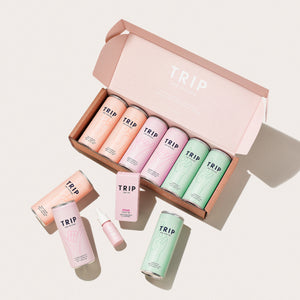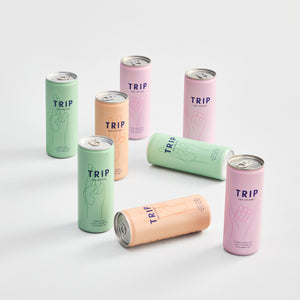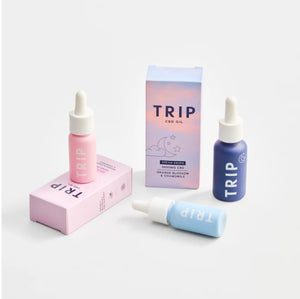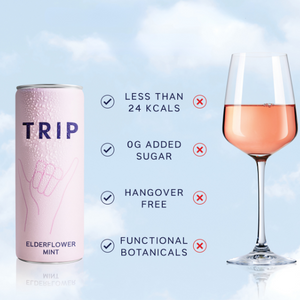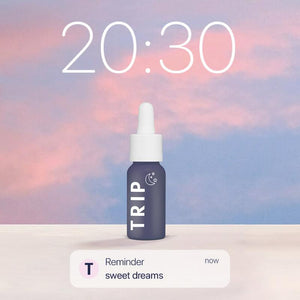Hemp has been harvested for thousands of years as food, fabric and medicine. Its history reveals a multidimensional plant that has inspired controversy and confusion that's still misunderstood today. Hemp is coming under the spotlight again, thanks to the rise in popularity of CBD, a non-psychoactive compound extracted from the hemp plant used to make a variety of products including CBD oils and CBD drinks.
Where did the use of hemp begin?
8000-100 BC: Evidence suggests that cultivating hemp began in Asia where its seeds and oil were used in pottery and food. The use of hemp in this way spread to Europe, Africa and South America too but it was China who originally cultivated it for fibre to make rope recorded as early as 2,800 BC.
1533: King Henry VII, the King of England required all farmers to sow quarter of an acre of hemp for every 60 acres of land they owned. Hemp was valued for its rot and salt-water resistant properties, making it useful in the production of sails and rope for the navy. It was stronger than cotton and grew faster, making it a powerful crop at the time. Eventually, it became cheaper to import hemp from overseas, notably the USA, and the UK’s production levels dropped away and it was eventually outlawed in 1928.
1600s-1700s: North America discovered hemp as a key ingredient to make clothes, shoes, ropes, paper and food. Similarly to the UK, by the 1700s, American farmers were required by law to grow hemp as a staple crop with many of America’s founding fathers advocating for its benefits. America’s climate and larger spaces made it an ideal place to cultivate large quantities of hemp.
1900s: The Marihuana Act of 1937 made it illegal to grow or use hemp for medical reasons, despite hemp carrying low levels of THC. American farmers faced hefty fines for growing it. Hemp was classified in the same way as marijuana and in 1970 the Controlled Substances Act made it illegal to grow without an FDA permit.
The discovery of the Endocannabinoid System (ECS)
CBD, found in the hemp plant, was discovered in 1942 by an American chemist named Roger Adams. Previously, there was little known about the difference between CBD and THC, and how they affected the body. It was a huge milestone for the hemp industry once THC was established as the psychoactive compound while CBD was pronounced its non-psychoactive counterpart.
CB1 receptors were discovered in 1990 and CB2 receptors were discovered a few years later in 1993; pretty recently when you consider hemp’s long history. While hemp was illegal to cultivate in the UK and USA for most of the 20th century, growing hemp was re-legalised in the UK in 1993.
CBD was made legal in the UK in 2016 providing any products contained less than 0.2% THC. The USA legalised industrial hemp cultivation again in 2018 and with it, CBD products providing that they contain less than 0.3% THC.
With the discovery of the ECS, there was a more defined way to use hemp for specific purposes. The understanding of the ECS and how CBD interacts with it has made hemp derived CBD has gone mainstream with CBD easily available everywhere from supermarkets and spas to cafes, bars, restaurants and gyms. While THC strains remain illegal in most countries, many governments are now making CBD legal.
The future of hemp
From sails and rope to oils and drinks, the hemp plant has come a long way since humans first started cultivating it. It’s a remarkable plant that can feed us, clothe us, house us and heal us and we’re just beginning to unlock its potential. With the increasingly widespread legislation of the plant as well as an increase in demand for everything from more sustainable fabrics, biofuels and of course CBD, there’s no doubt that hemp is here to stay.
At TRIP, we extract CBD from the hemp plant and all our products are third party lab tested to ensure the highest quality and purity. These labs confirm the amounts of CBD in our UK CBD oils and CBD drinks. To learn more about all things CBD, sign up to our emails, check out Discover CBD - My First TRIP or drop us a line @ +44 786 212 6624.



